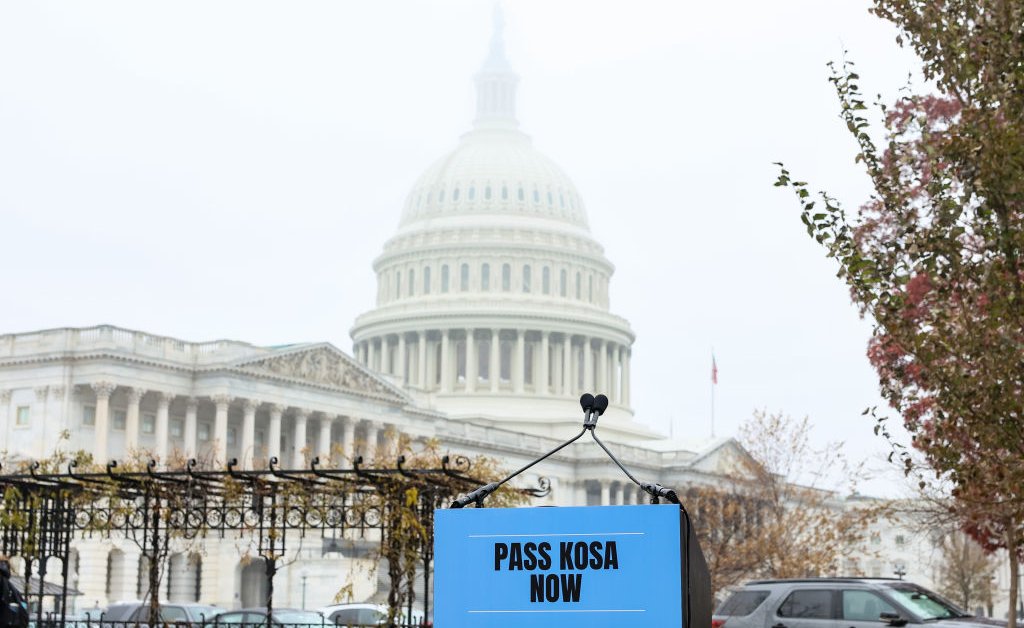The Trump Administration recently cut funding to the 400 Years of African American History Commission. Another cut targeted the Whitney Plantation in Louisiana and its planned exhibit on resistance to slavery, which had been in the works for three years and was planned to open January 2026. Along with book bans and anti-DEI pronouncements, these efforts threaten to scrub or rewrite the history of slavery and racism in the United States.
Such efforts can do serious damage to our understanding of history. Still, they are not likely to succeed in suppressing the truth. The remarkable history of Palmares, a society formed by Africans who escaped slavery in 17th-century Brazil, points to the negative impact politics can have on historical memory and writing. The history and memory of Palmares also reveals that people can resist attempts to erase hard truths about slavery.
The Portuguese arrived in modern-day Brazil in 1500, establishing coastal settlements. In 1534, they established the Captaincy of Pernambuco, in the Northeast of the country. They brought enslaved captives from Africa to labor in a burgeoning sugar industry. Pernambuco’s plantations soon became key engines in a vast and brutal slave empire, the largest in the history of the Atlantic trade. Almost immediately, some enslaved people fled their captivity and established small communities in the interior, in a region that came to be called Palmares. These settlements, known as “maroon communities” in much of the Americas, were called “quilombos” or “mocambos” in Brazil.
Read More: The Burning of Nottoway Plantation
From 1630 to 1654, the Dutch invaded and occupied parts of Portuguese Pernambuco, including the lands near Palmares, which withstood withering attacks from the Dutch and Portuguese. During the war, thousands of enslaved people fled and went to Palmares, which eventually had a population that may have exceeded 10,000 or more. It survived for most of the 17th century, despite ongoing attacks by Portuguese seeking to recapture enslaved people and destroy their settlements.
During its heyday, in the 1670s, Palmares grew into a powerful web of communities that resisted these attacks. It was so powerful that eventually the Portuguese crown negotiated with Palmares, much as they did with other powerful military entities.
After years of war, in 1678 the governor of Pernambuco negotiated a peace accord with the Palmares leader Ganga Zumba. As a result of this accord, Ganga Zumba resettled with many followers in a nearby area, where they agreed to live in peace as semi-autonomous vassals to the Portuguese crown.
Other Palmarista leaders, including a man called Zumbi, rejected the treaty, which fell apart the following year, when Ganga Zumba died. The Portuguese invaded the new settlement, capturing and killing the men, women, and children who had been promised peace and protection. For the next decade and a half, Zumbi and other survivors dwelled in homes they forged in the wilderness.
In 1694, colonial forces lay siege to Palmares’s most important mocambo. After pounding it with artillery, they attacked and killed an untold number of Palmaristas. They captured several hundred others. Portuguese soldiers killed Zumbi the following year.
The soldiers who assassinated him severed his head and delivered it to the governor, who ordered it placed on a tall stake in a public square, an act meant to “mollify” white planters, to “terrorize the Blacks who superstitiously view Zumbi to be immortal,” and to leave no doubt that “Palmares has been destroyed once and for all.” Over the next two centuries, slavery deepened and Brazil received 12 times the number of enslaved Africans forcibly taken to the United States. Throughout, enslaved people continued to escape and establish new settlements, though none would rival the size of Palmares.
Zumbi’s death marks the end of most conventional histories of Palmares. But for more than a century after his death, memories of Zumbi and Palmares were passed down through oral traditions and popular lore in Brazil. They were also preserved in several texts that framed Palmares’s defeat in romantic terms, with the Portuguese emerging as heroic victors over valiant Black warriors.
Read More: Legacies of Slavery Across the Americas Still Shape Our Politics
In 1822, Brazil declared independence from Portugal and established an independent monarchy. In the years that followed, nascent national histories incorporated additional romantic accounts of Palmares as part of an effort to establish a national legend that sidestepped slavery and cast Palmares’s conquerors as heroes.
It was only on May 13, 1888 that Brazil became the last nation in the western hemisphere to abolish slavery. The act was sealed in a pronouncement by Princess Isabel, who became a President Lincoln-like figure in Brazil, known to many as the benevolent white liberator of the enslaved. This mythology became engrained in Brazilian nation-building, which often washed over the extent and brutality of slavery in order to tell a clean story of national progress and enlightenment. But as in the United States, many archivists, historians, and activists—along with members of the general public —today seek to better understand and reckon with the past.
Counter-narratives about Palmares and Zumbi began to emerge in the 20th century. Some Brazilians clung to older narratives, while others, including radical Black intellectuals and activists, reclaimed Palmares and Zumbi as symbols of resistance. In 1947, for example, Edison Carneiro, a pioneering Black intellectual, published a book on Palmares. He sought to quash dominant narratives that Brazil’s history of slavery had been passive and docile. The story of Palmares that he presented showed not only that enslaved Africans resisted slavery but also that they formed a kingdom-sized domain and military might.

When Brazil’s military seized control of the country in 1964 and installed an authoritarian dictatorship, Palmares became a contested symbol once again. During the 1970s, a new generation of Black activists mobilized to replace narratives of Princess Isabel as a liberator with another figure: Zumbi.
They faced considerable censorship and repression. The generals who ran the country suspended democratic institutions and attacked university professors and students. Censors targeted ideas and histories that highlighted historical examples of racism and its legacies.
Bringing histories of 17th-century liberation to light was part of a larger, multi-racial mobilization and political, social, and cultural initiative that helped bring down the dictatorship in 1985. Much later, in 2011 Congress declared Nov. 20 the National Day of Zumbi and Black Consciousness, and communities have erected monuments to Zumbi across the nation.
While some see this history as essential to an honest reckoning with Brazil’s past, and Zumbi’s resistance to slavery as a source of pride and inspiration, these stories threaten existing narratives about the nation. Not all municipalities celebrate Nov. 20 today, for example, and Zumbi monuments have been defaced with racist graffiti.
Yet Brazil’s tense history towards memorializing Palmares shows that it is possible to counter even the harshest forms of censorship to reclaim essential histories. In fact, state efforts to whitewash history can inadvertently create opportunities for activists to push narratives in the opposite direction—expanding, rather than narrowing, how slavery and its long legacies are conceived and discussed.

The remarkable 17th-century existence of Palmares and the inspiring afterlives that Black activists across the hemisphere have given it represent a powerful counter to censorship.
Palmares and its historical memory also underscore just how much Americans stand to lose through attempts to curb the telling of histories, such as the efforts to end the 400 Years Commission, the exhibition at the Whitney Plantation, and countless other examples in recent months.
Most of all, the history and memorialization of Palmares remind us how much the present is made by the past. Just as the people who made Palmares inspired future generations to keep its history present and vital, the activists who did so may serve as guiding lights today.
Marc A. Hertzman teaches history at the University of Illinois, Urbana-Champaign. He recently published a book about Palmares and co-authored an animated short for Ted-Ed.
Made by History takes readers beyond the headlines with articles written and edited by professional historians. Learn more about Made by History at TIME here. Opinions expressed do not necessarily reflect the views of TIME editors.








